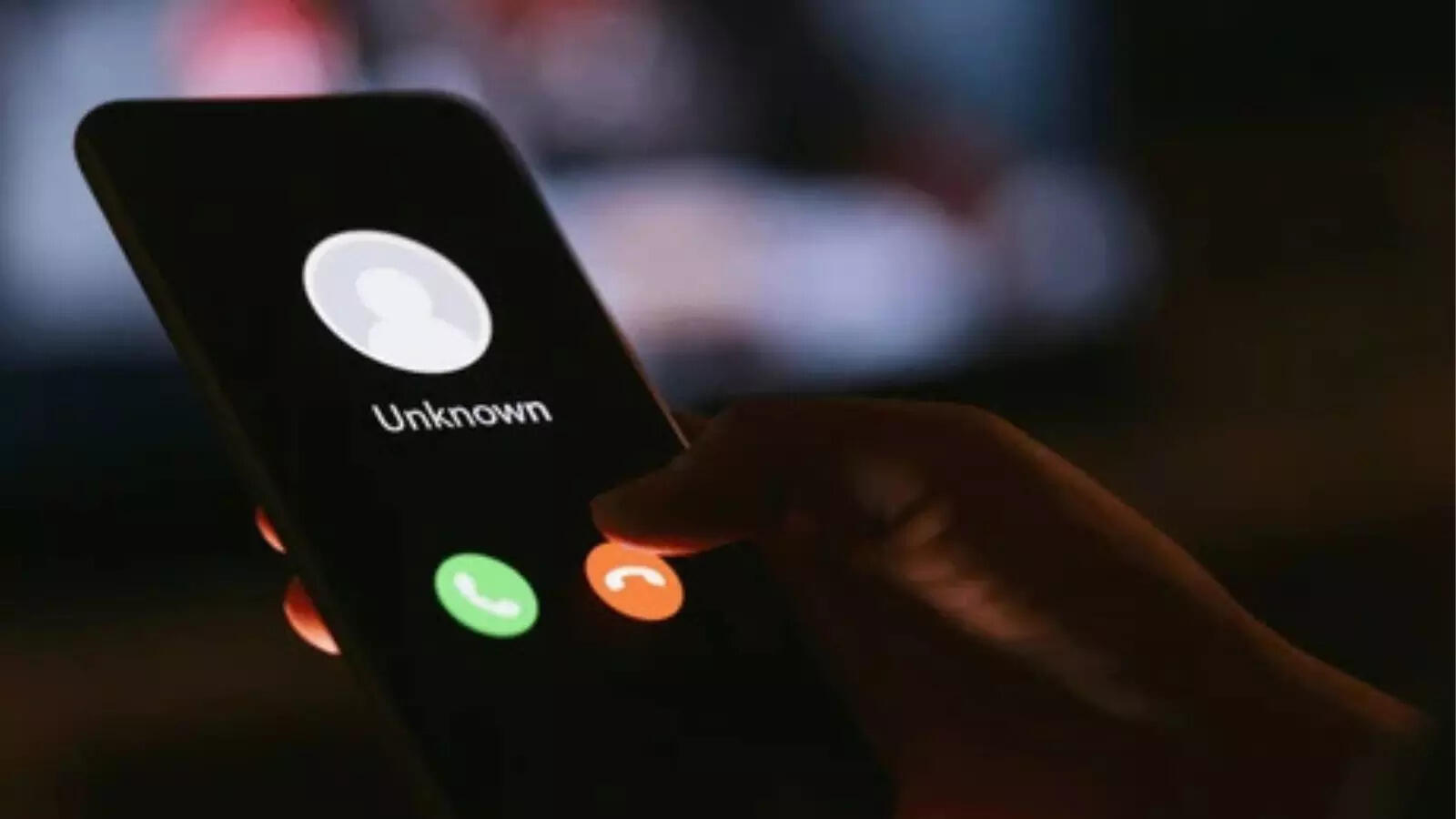Fed Up with Spam Calls? Government to Introduce Verified Caller ID Across India by 2026
Tired of endless spam and scam calls? Relief might soon be ringing your way. The Indian government is preparing to roll out a verified caller ID system that promises to reveal the real identity of incoming callers making spam calls a thing of the past.
From Proposal to Implementation
TRAI first recommended CNAP’s introduction in February 2024, suggesting that users should be able to enable it upon request. However, DoT revised the approach deciding it should be active by default and only disabled if a user opts out. This change aims to make the system more effective and ensure widespread adoption.
By 2026, answering your phone might no longer be a guessing game but a safe, transparent, and verified experience.

What Is CNAP and Why It Matters
The Calling Name Presentation (CNAP) feature will allow mobile users to see the verified name of the person or business calling them. Unlike popular apps such as Truecaller, which rely on crowdsourced data, CNAP will display information directly authenticated by telecom operators using KYC details provided during SIM registration. This means fewer errors and stronger protection against impersonation or fraud.Pilot Testing Underway
The Department of Telecommunications (DoT) has directed telecom companies to begin pilot runs of CNAP. Vodafone Idea has already started testing in Haryana, while Jio is set to begin its pilot for calls originating from anywhere in the country but terminating in Haryana. The DoT aims for a nationwide rollout by March 31, 2026, and is pushing for full-scale implementation as soon as trials prove successful.TRAI’s Strong Support for Default Activation
The Telecom Regulatory Authority of India (TRAI) supports enabling CNAP by default for all mobile users. This means every recipient will automatically see the caller’s verified name unless they choose to opt out. TRAI believes this proactive approach will drastically reduce spam calls and limit cybercrime activities like financial fraud and digital arrest scams, which have been on the rise.Better Than Third-Party Apps
While apps like Truecaller have become popular for identifying unknown numbers, they rely on unverified user data. CNAP, however, will be backed by telecom operators and linked directly to official KYC documents—making it a far more trustworthy and government-regulated solution. With this system, users can finally know who’s calling without relying on potentially misleading third-party databases.Impact on Spam and Fraud Calls
Authorities expect CNAP to play a crucial role in curbing spam, telemarketing calls, and phishing scams. By revealing the real identity of the caller, fraudsters will have a harder time hiding behind fake or unknown numbers. This move could significantly enhance the safety of digital communications in India.Who Gets It First? 4G and 5G Users
Initially, CNAP will be available only on 4G and 5G networks. Smartphone manufacturers will receive guidelines to integrate the feature through upcoming updates. However, 2G users estimated at over 200 million may be left out in the first phase. They can either upgrade to newer networks or wait for future inclusion once the rollout stabilizes.From Proposal to Implementation
TRAI first recommended CNAP’s introduction in February 2024, suggesting that users should be able to enable it upon request. However, DoT revised the approach deciding it should be active by default and only disabled if a user opts out. This change aims to make the system more effective and ensure widespread adoption. A Spam-Free Future Awaits
If the pilot projects run smoothly, India could soon experience a major shift in how calls are handled. With verified caller identities displayed on every phone, spam calls may finally meet their match.By 2026, answering your phone might no longer be a guessing game but a safe, transparent, and verified experience.
Next Story